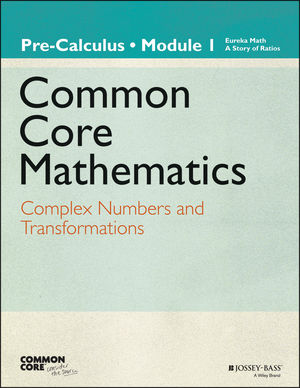Girolamo Cardano
tradução de Jean Stoner
New York: ep Dutton & Co. | 1930 | 362 páginas | pdf | 6,8 Mb
online: djm.cc
Para mais livros relativos a biografias de matemáticos procurar em: link
Livros on-line com interesse para professores de Matemática do ensino básico e secundário.
| Grade 9 Module 1: Relationships Between Quantities and Reasoning with Equations Module 2: Descriptive Statistics Module 3: Linear and Exponential Relationships Module 4: Expressions and Equations Module 5: A Synthesis of Modeling with Equations and Functions | |
| Grade 10 Module 1: Congruence, Proof, and Constructions Module 2: Similarity, Proof, and Trigonometry Module 3: Extending to Three Dimensions Module 4: Connecting Algebra and Geometry through Coordinates Module 5: Circles With and Without Coordinates | |
 | Grade 11 Module 1: Polynomial, Rational, and Radical Relationships Module 2: Trigonometric Functions |
 | Grade 12 Module 1: Complex Numbers and Transformations Module 2: Vectors and Matrices Module 3: Rational and Exponential Functions |
 |
por Lee C F Sallows
Idioma: Inglês
Editora: Mineola, N.Y. : Dover Publications, 2013.
|
 |
Before Sudoku : the world of magic squares
por Seymour S Block; Santiago Alves Tavares
Idioma: Inglês
Editora: Oxford [u.a.] Oxford Univ. Press 2009
|
 |
por Frank J Swetz
Idioma: Inglês
Editora: Wellesley, Mass. : A.K. Peters, ©2008.
|
 |
por Clifford A Pickover
Idioma: Inglês
Editora: Princeton, N.J. : Princeton University Press, cop. 2002.
|
|
por Jim Moran
Idioma: Inglês
Editora: New York : Random Houses, 1982, ©1981.
|
|
por W S Andrews
Idioma: Inglês
Editora: New York, Dover Publications, [1960]
|
|
por Colleen Adams
Idioma: Inglês
Editora: New York : PowerKids Press, 2006.
|